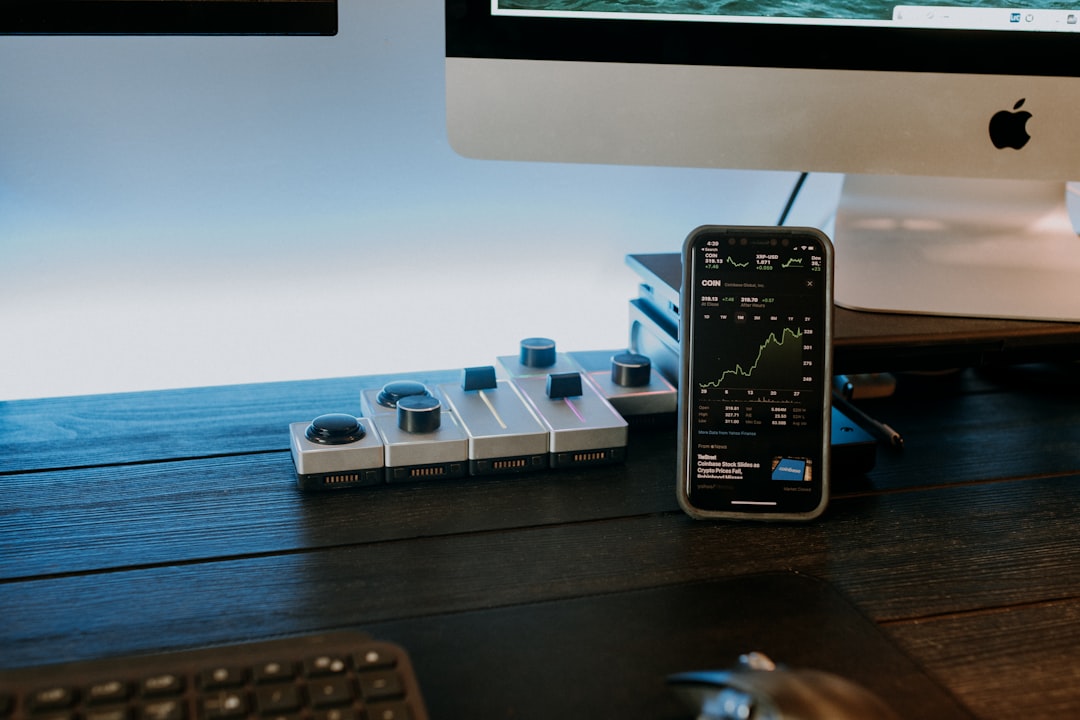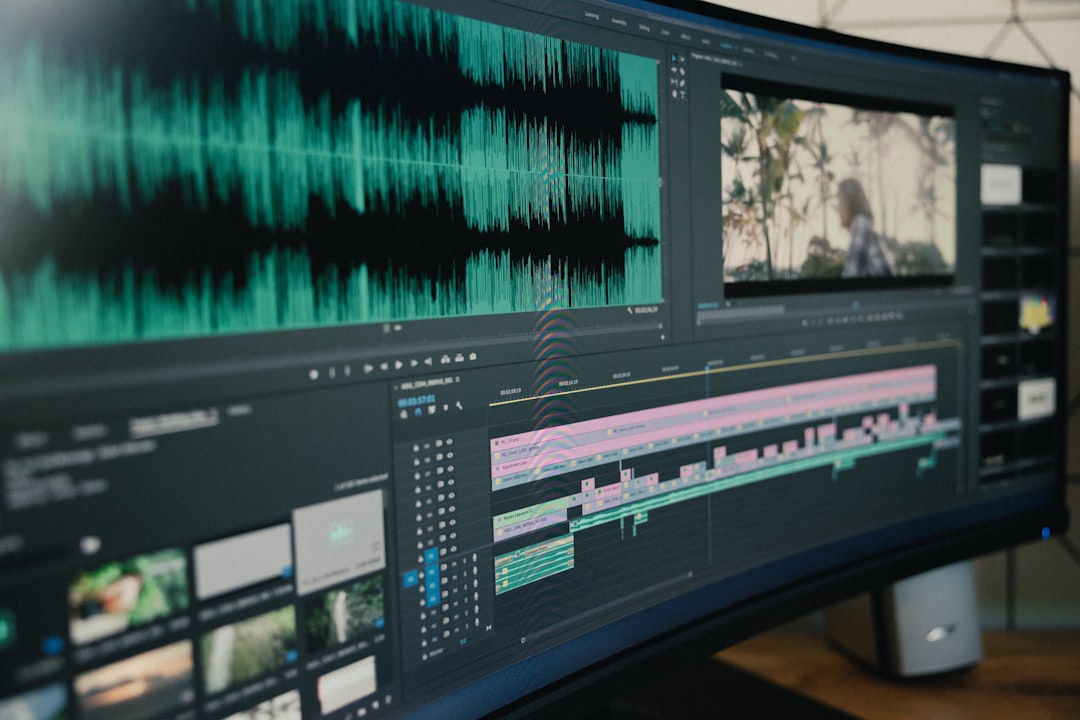Audacity is a powerful, free, open-source audio editing software that offers users the flexibility to work with multi-track recordings. Whether you’re a podcaster, musician, or just dabbling in audio, knowing how to move tracks in Audacity is essential for aligning audio clips, creating smooth transitions, and maintaining a professional workflow. This guide walks you through the simple steps to move tracks efficiently within Audacity, as well as some key points to keep in mind when rearranging audio elements.
Understanding Tracks in Audacity
Before moving tracks, it’s important to understand what a “track” is in Audacity. Each track represents a separate layer of audio. You can have multiple tracks stacked vertically, and these tracks play simultaneously unless muted or soloed.
Tracks can be:
- Mono or Stereo
- Voice recordings
- Music snippets
- Sound effects

Steps to Move a Track Horizontally
To shift a track’s audio forwards or backwards in time (horizontally), follow these steps:
- Select the Time Shift Tool: In the top toolbar, click the double-arrow icon (↔). This tool is used to move the audio content within a track along the timeline.
- Click and Drag: Hover your mouse over the waveform of the track you wish to move. Click and drag it left or right to position it where you want it in the timeline.
- Revert to Selection Tool: When done, switch back to the “Selection Tool” (I-beam icon) to continue editing.
Note: Always ensure Snap-To-Grid is disabled if you want more precise positioning.
Steps to Move a Track Vertically
Moving a track vertically in Audacity refers to changing its order relative to other tracks — not moving its audio content in time.
To do this:
- Click on the Track Control Panel: On the left edge of the track, you’ll see the track’s control panel (mute, solo, gain, etc.).
- Click and Hold: Click and hold anywhere in this panel.
- Drag the Track: Drag the track up or down above/below other tracks until you find the desired position.
- Release: Let go to drop it into place.

Why Move Tracks?
There are several reasons you might want to move tracks within your project:
- Align dialogue and background music
- Create space between sound effects or spoken parts
- Organize tracks for easier editing
- Simplify the mix-down of final audio
Proper organization and alignment make editing faster and reduce the chance of synchronization issues in your final project.
Tips for Efficient Track Movement
- Use Zoom Tools: Zoom in on your timeline for more precise adjustments.
- Name Tracks: Right-click on the track name and choose “Name…” to identify each one easily.
- Group Similar Tracks: Keep instruments, vocals, or effects grouped to streamline editing.
- Enable Meter Toolbar: This allows you to monitor levels while shifting audio to maintain quality.

Common Mistakes to Avoid
When working with multiple tracks, it’s easy to make small but costly mistakes:
- Overlapping Audio: Be cautious not to accidentally drag one clip over another unless that’s intended.
- Unaligned Tracks: Always check playback to ensure everything aligns perfectly, especially for podcasts or layered music.
- Forgetting to Save: Save often, or use “Save Project As…” to maintain versions.
Frequently Asked Questions (FAQ)
- Q: Can I move multiple tracks at once in Audacity?
- A: Yes, you can hold down the Shift key and select multiple tracks with the selection or time shift tool to move them simultaneously.
- Q: What if my track won’t move?
- A: Make sure the Time Shift Tool is selected and that you’re clicking within the waveform. Also ensure your track isn’t locked or part of a grouped clip.
- Q: How do I undo a track movement?
- A: Simply press Ctrl + Z (Cmd + Z on Mac) to undo your last action.
- Q: Does moving tracks affect the audio quality?
- A: No, shifting track position doesn’t degrade audio quality. Audacity is non-destructive, so your original files remain intact.
- Q: Can I automate movement over time?
- A: While you can’t automate literal movement, you can apply effects like fades, volume envelopes, or effects over time for similar results.
By mastering simple track movements in Audacity, users will gain better control over their projects and streamline their overall editing workflow. Whether aligning dialogue or syncing music, these skills are foundational for polished audio production.
